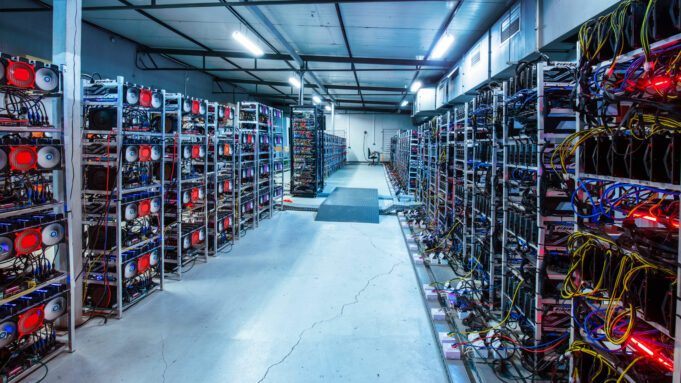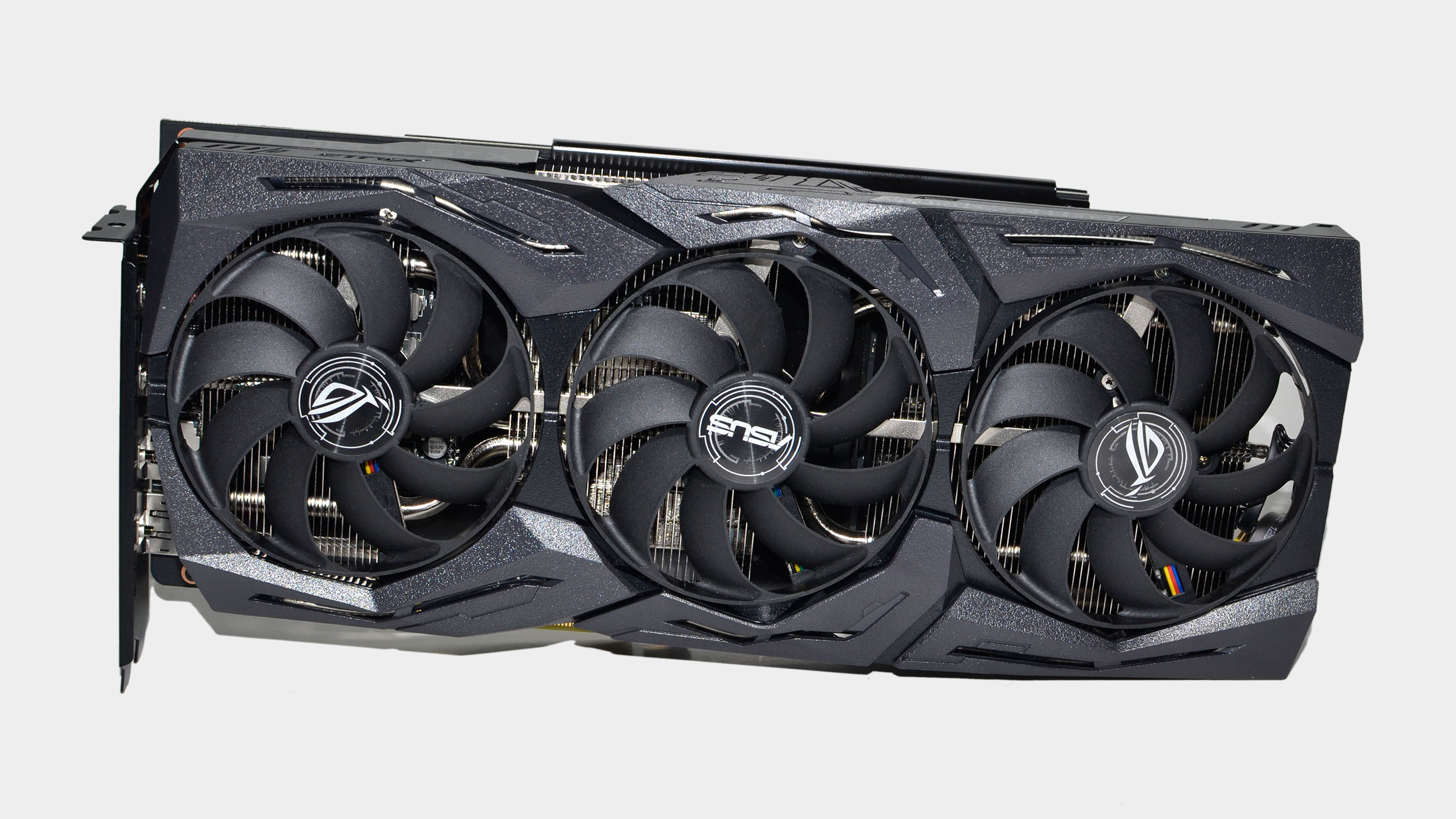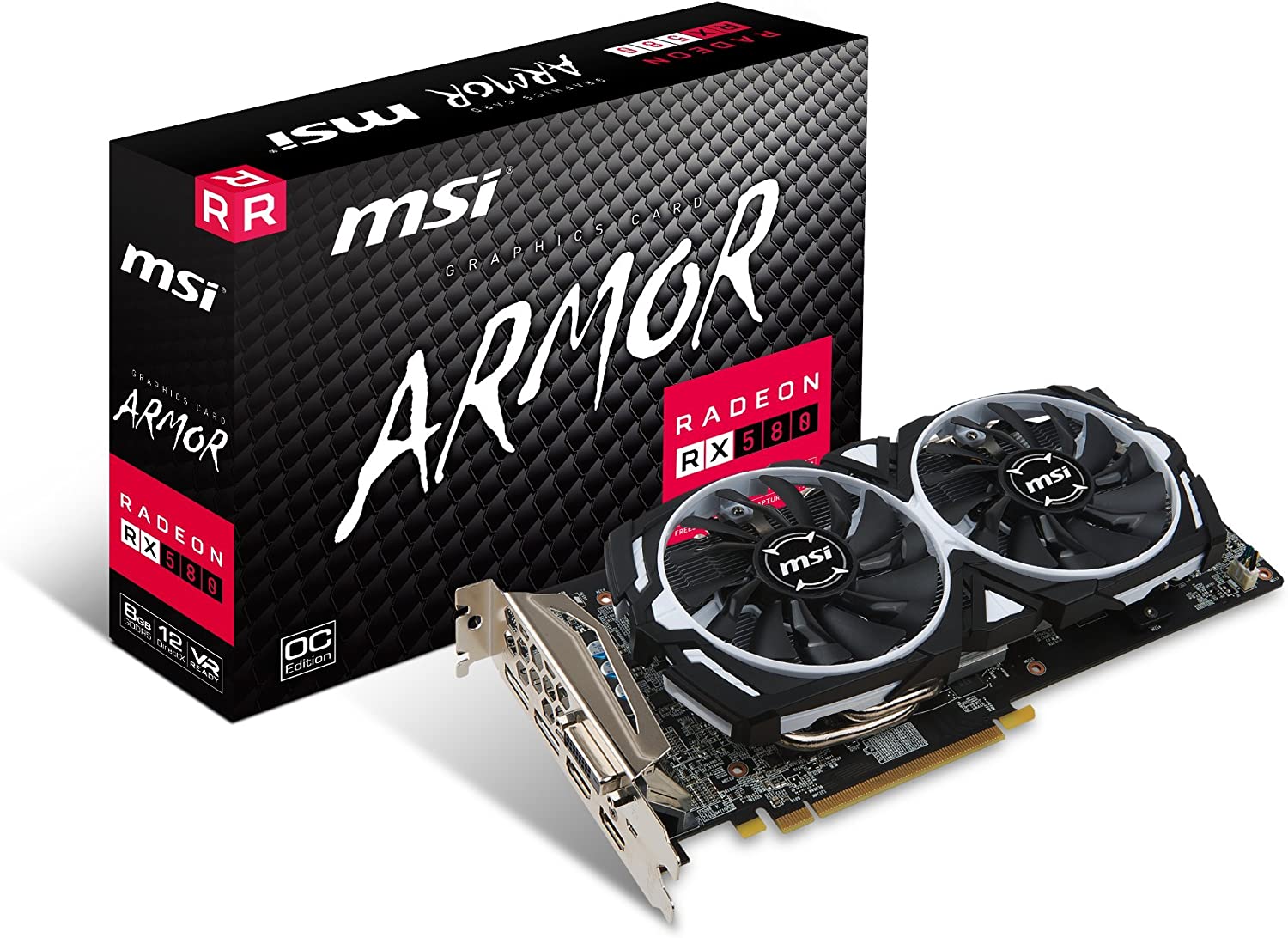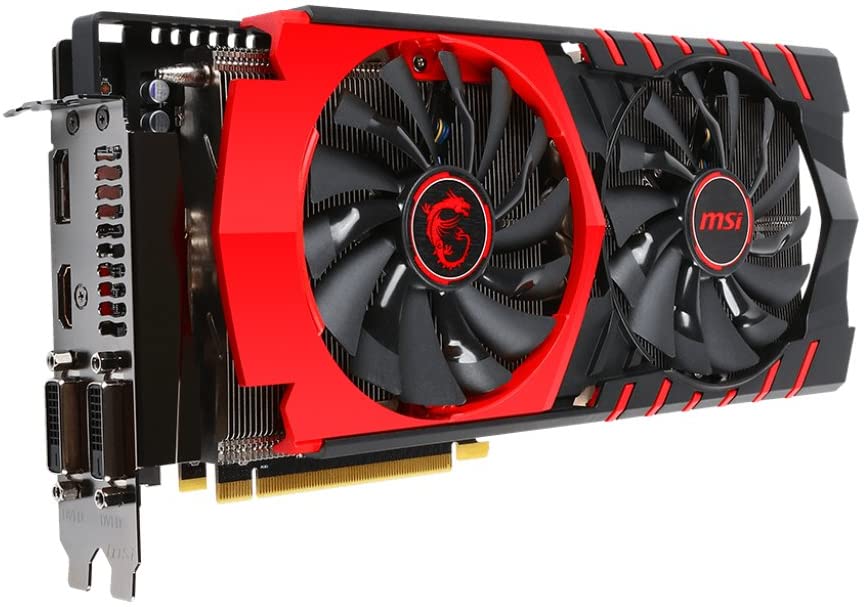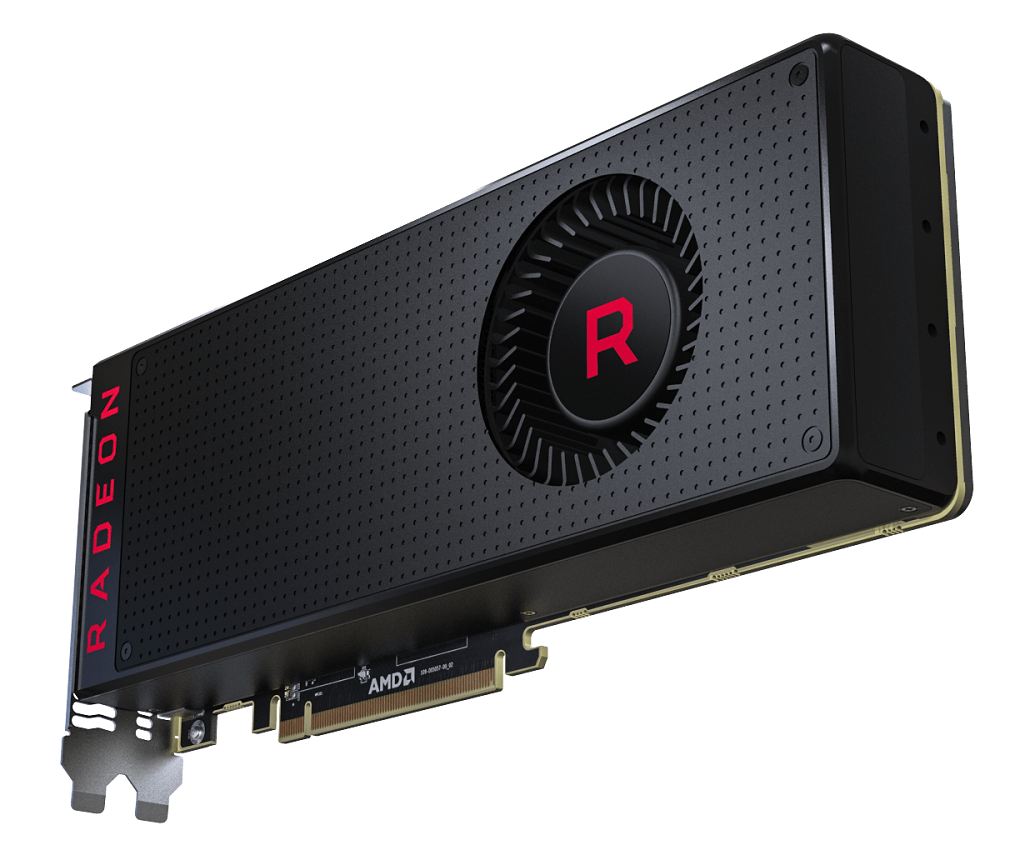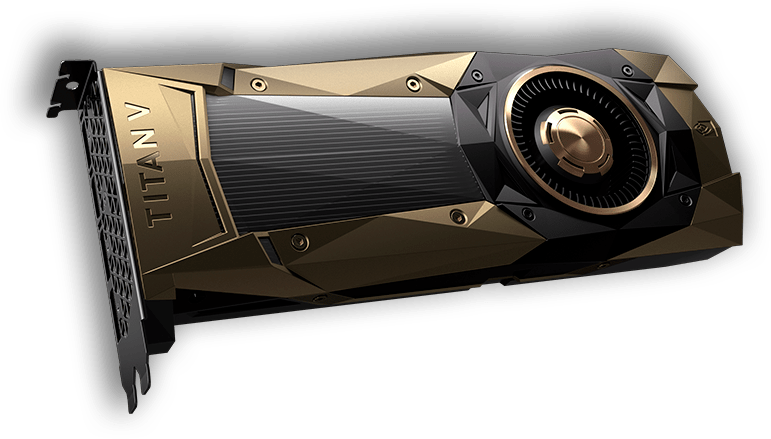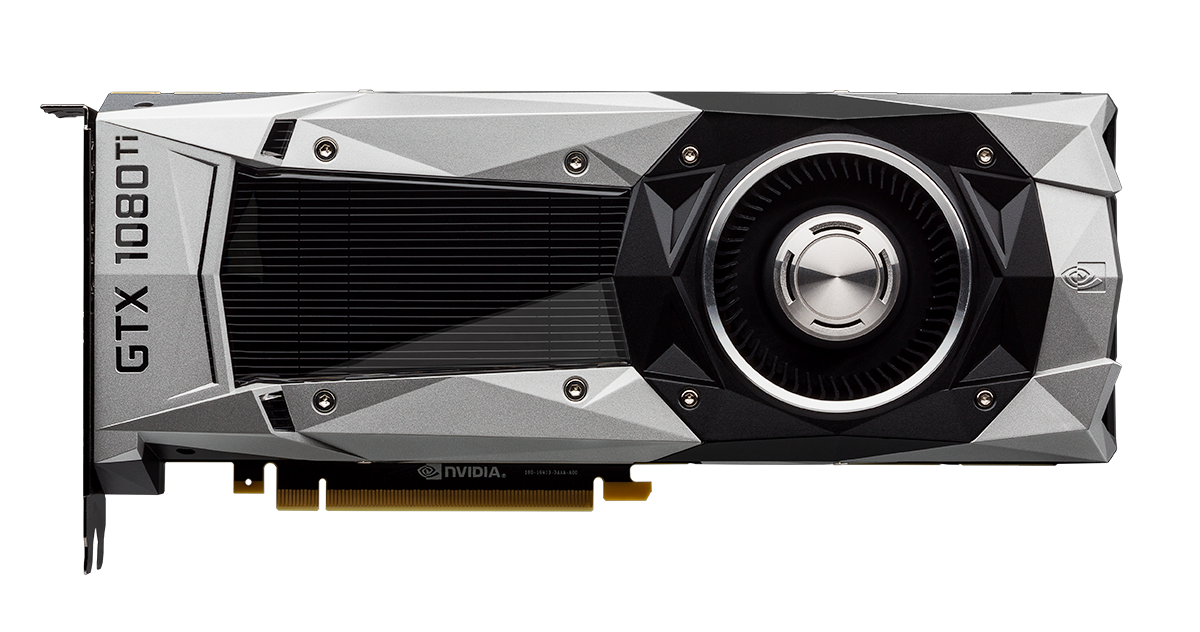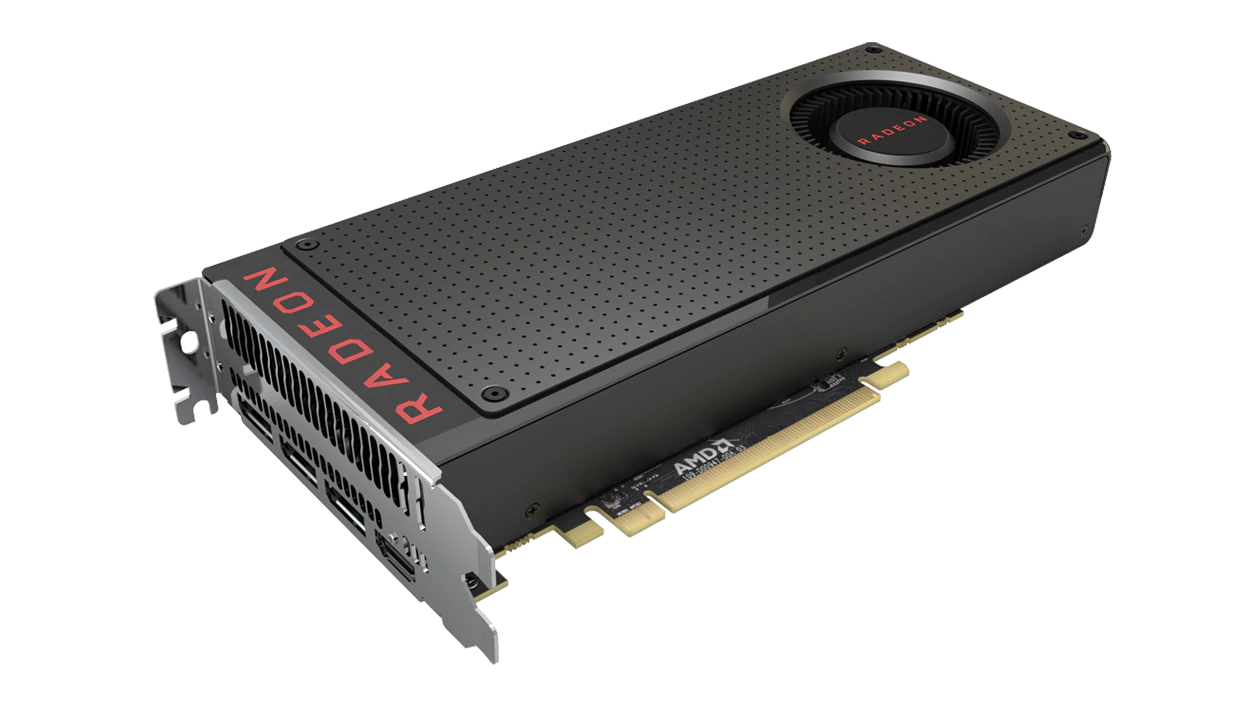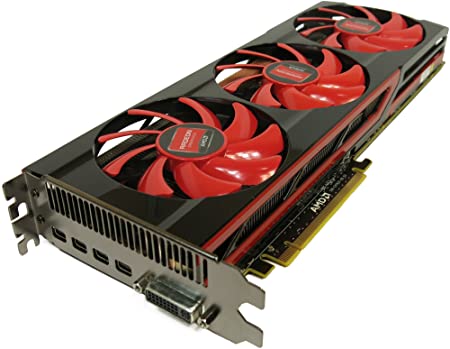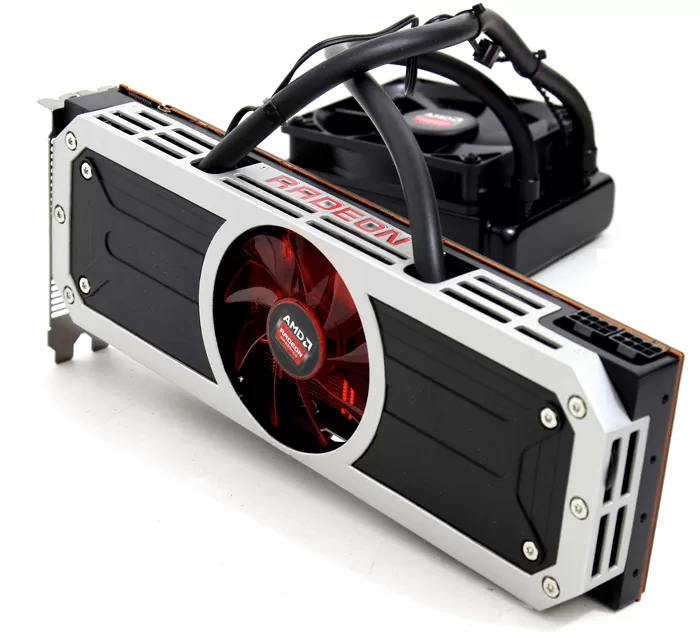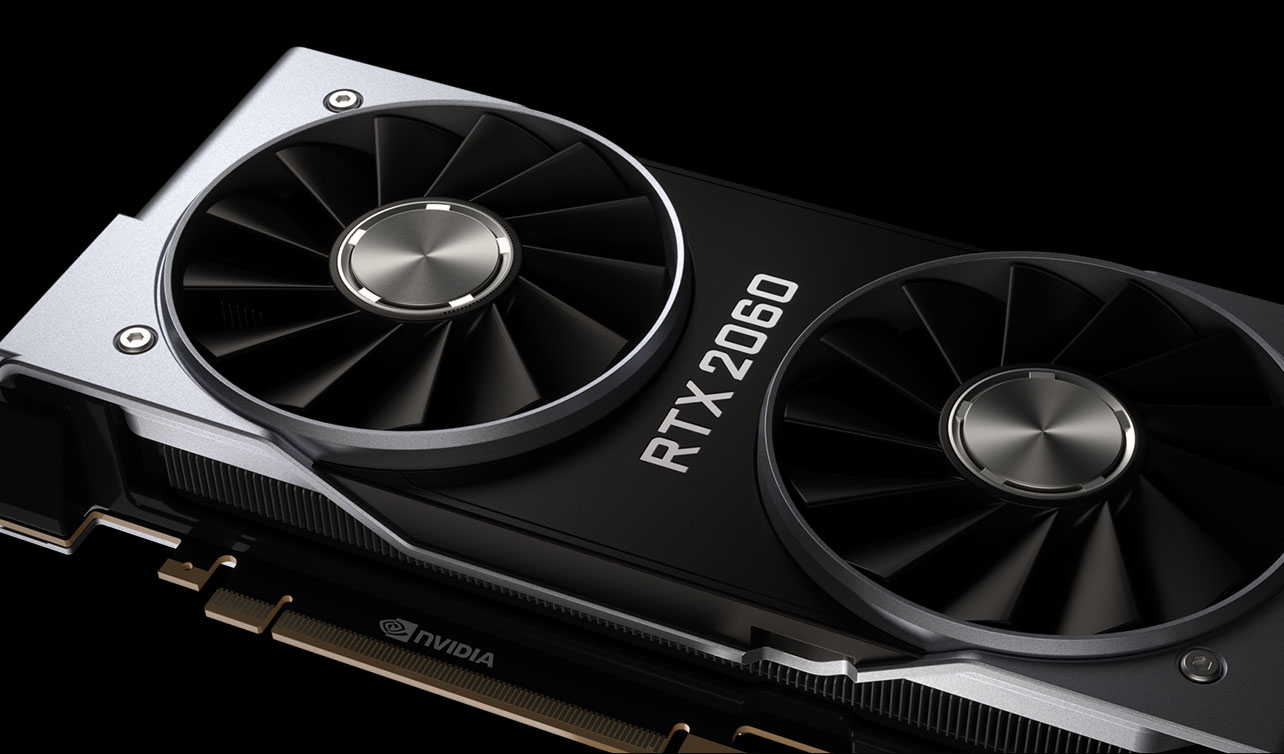Ethereum mining is a blockchain-based platform that allows users to build and deploy decentralized apps (dApps) and “smart” payment contracts. Whereas Bitcoin wants to remove banking and traditional payment systems, Ethereum mining uses smart contracts to make it easier to trade money, content, property, shares, or anything else of value.
Ethereum mining, like Bitcoin mining, is based on the proof-of-work algorithm. Miners are rewarded with Ethereum when their nodes solve challenging mathematical challenges on the Ethereum Blockchain. Unlike Bitcoin, however, the greatest Ethereum miners are far more open to the general public. Ethereum mining is the second-largest cryptocurrency, and it can still be mined using consumer-grade technology, making it a fantastic prospect for crypto fans.
What is Mining?
Before we talk about what Ethereum mining is, we need to talk about what mining as a process means. For work that needs a lot of computer processing power and time, mining is the word for it. In the mining process, the miner is like an investment; they give money, power, and time to sort through blocks. When the mining process hits the right number, they send their answers to the people who issued the coins. For taking part in the mining process, miners get payouts that are pieces of the deal. Cryptocurrency miners are in charge of making more of a certain cryptocurrency available on the market. It is possible to mine a certain number of coins for each cryptocurrency. So when awards go down, the number of new cryptocurrencies that come out also goes down.
What is Ethereum mining?
Ethereum mining is the process of checking and confirming transactions on the Ethereum blockchain. It uses special computer hardware to solve difficult mathematical problems. This process is needed to keep the Ethereum network safe and secure, as it makes sure that all of its records are correct and true.
A proof-of-work (PoW) consensus algorithm is used for Ethereum mining. This means that miners have to compete with each other to use their hardware to solve difficult computer problems. New Ethereum tokens and transaction fees are given to the first miner who solves the puzzle and verifies the block of transactions.
Computers called graphics processing units (GPUs) or application-specific integrated circuits (ASICs) are better at mining coins like Ethereum. Miners need these to mine Ethereum. They also need to be able to connect to the internet and electricity, since connecting uses a lot of energy and computer power.
How Profitable Is Ethereum Mining?
Several things affect how much money an Ethereum miner makes, such as how much power they use, how much fees they pay, and how much their gear costs. There are main things that affect how much money you can make mining Ethereum.
At the moment, miners get 2 ETH plus the transaction fees for each block they work on. There are websites like etherscan.io that keep track of the Ethereum block payouts every day and let you see what the rewards are per block.
- Mining difficulty: Each cryptocurrency has its own mining trouble, and Ethereum is no different. The Ethereum mining difficulty of a problem is how hard it is for miners to answer in order to make a block. The number of miners in the network should, in general, increase. The more difficult it is to find a block, the more difficult it is. More miners with powerful gear will make it harder to make money, which will cut earnings by a large amount. To see how hard the Ethereum network is right now, you can go to sites like ethstats.net, which updates its network difficulty stats every day.
- Uptime: This term refers to the amount of time that the miner’s rig is open and mining.
- Pools: Miners use hash pools to speed up the process of finding blocks and getting payouts. It works much better than mining by yourself. This way of mining Ethereum is thought to be one of the safest and most rewarding.
- Hardware: Miners must constantly be on the lookout for changes and innovations in mining rigs and GPU models that can save them a lot of money by either increasing the hash rate or using less electricity. As an alternative, miners can join mining pools to mine Ethereum more efficiently and make money.
- Changes to the network: When Ethereum switches to the proof-of-stake scheme, mining income will change. PoW mining, which stands for “Proof of Work,” should work until 2023.
Which way of mining works best for you?
Your choice will depend on important things, like whether you want to own a Ethereum mining rig or how much money you want to spend at first. In particular, the following things will play a role:
- How much money do you want to put in?
- No matter if you want to use a rig to mine or not,
- What kind of rig do you have?
A lot of people mine Ethereum using cloud mining and GPU mining. These days, ASIC mining is hard to predict, and CPU mining isn’t worth the money.
An Ethereum mining pool, on the other hand, is thought to be one of the best ways to mine Ethereum. You can lower the risk of your payouts by pool-mining Ethereum. This is done by giving you smaller payouts more often instead of one big payment after a block is solved. It is best to pick a mining pool that has the most stable terms and the lowest fees.
How does Ethereum mining work
This is what occurs when a transaction is completed on the blockchain:
- Blocks are created by grouping transactions together.
- These transactions are verified by miners who solve math problems.
- The miner who answers the block’s last math problem receives a reward.
- The public ledger keeps track of verified transactions.
Ethereum mining is quite similar to Bitcoin mining, as previously stated.
It is built on a proof-of-work system that rewards miners with freshly minted Ether when they solve a new block.
Its distinguishing feature is the mining method and technology used to solve mathematical problems. Ethereum utilizes the Ethash proof-of-work method, which is similar to the SHA-256 algorithm used by Bitcoin. This algorithm was created to be resistant to ASICs.
Instead of the far more expensive ASIC miners used for Bitcoin mining, Ethereum miners employ the computing power of their graphics processing units (GPUs) to solve cryptographic challenges. This also implies that mining rigs for Bitcoin and Ethereum are not interchangeable, despite the fact that GPUs may be used to mine a number of cryptocurrencies.
Without getting into too much technical detail, you should be aware that certain mathematical issues are challenging to answer. This difficulty is measured in hash rate, a metric that will be discussed when determining the top Ethereum miners.
This difficulty is dynamically changed to prevent the generation of too many ETH tokens. The more miners that participate, the more difficult it is to solve the blocks. In other words, the higher the GPU’s hash rate, the better the chances of receiving the prizes. However, this is simply one of several factors to consider when selecting the ideal GPU for Ethereum mining.
1. NVIDIA Geforce GTX 1660ti
- 5 Mh/s hash rate
- 120W power consumption
- Price ranges between $300 and $400.
This relatively new NVIDIA card is another nice option if you want to benefit from the guarantee of a new GPU.
Low power usage, though a little pricey.
25 Mh/s hash rate.
2. AMD Radeon RX 580
- 27 Mh/s hash rate
- 185 watts of power consumption
- Price range: $150-$250
This is a fantastic advance over the previous generation (RX480), and it’s a great alternative if you don’t want to take the risk of buying used gear.
3. AMD R9 390
- 30 Mh/s hash rate
- 235 watts of power consumption
- Price ranges from $250 to $350.
Despite its greater power consumption than some of its competitors, this GPU can be purchased for as little as $250, making it an excellent investment.
4. AMD Radeon RX Vega 64
- 30 Mh/s hash rate
- 210 watts of power consumption
- Cost: $350
This high-bandwidth memory card is available pre-owned for around 350 dollars.
This is a fantastic price for such a powerful GPU.
5. NVIDIA Titan V
- 70 Mh/s hash rate
- 250-watt power consumption
- Price ranges from $2000 to $3000.
It’s a pricey card, but if you can locate a decent bargain on eBay or another used market, you’ll be getting one of the best Ethereum miners on the market.
6. NVIDIA Geforce GTX 1080 Ti
- 45 Mh/s hash rate
- 265 watts of power consumption
- Cost: $400-600
The 1080Ti is still costly today despite being the fastest NVIDIA card from the 10th generation. However, this is a high-end card with 11GB of quick memory.
7. AMD Radeon RX 480
This is one of the most powerful GPUs available to Ethereum miners. It is a mining favorite due to its low power consumption and good hash rate.
8. AMD Radeon R9 HD 7990
- 36 Mh/s hash rate
- 375 watts of power consumption
- Amount: $1,000
The R9 295X2 has a good hash rate and is an excellent pick for your mining setup.
It’s one of the most cost-effective solutions available.
That is, assuming you can locate one.
9. AMD Radeon R9 295X2
- 30 Mh/s hash rate
- 235 watts of power consumption
- Price ranges from $250 to $350.
Despite its greater power consumption than some of its competitors, this GPU can be purchased for as little as $250, making it an excellent investment.
10. NVIDIA GeForce RTX 2060
- 41 Mh/s hashrate
- 180W power consumption
- Price ranges from $400 and $550.
This card, one of the latest NVIDIA GPUs, offers a tremendous return on investment due to its high ethash rate and low power consumption.
Conclusion
That concludes our list of the greatest Ethereum miners. As you can see, NVIDIA cards are generally more energy-efficient, although AMD cards are less expensive to purchase.
As a result, before making a purchase, you should consider all of the factors discussed in this article in order to make the best and quickest decision possible. Always keep an eye out for attractive card offers, and utilize Ethereum profit calculators to assist you to make a decision before buying.


